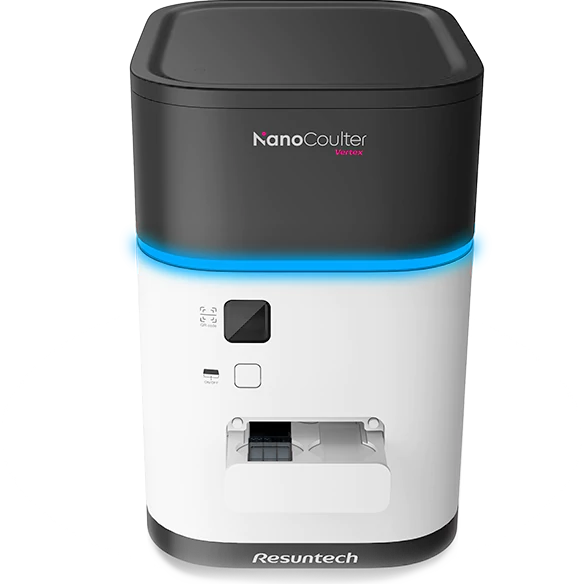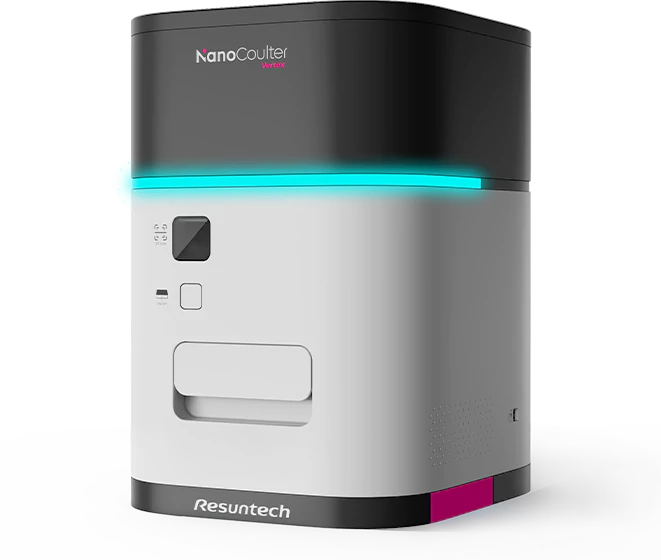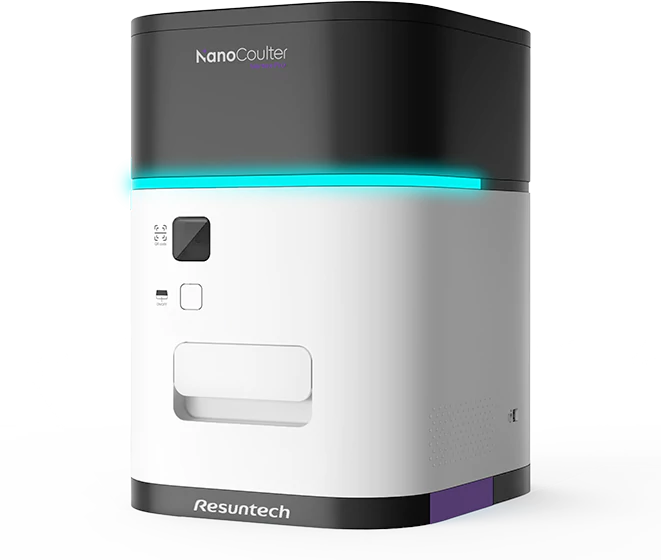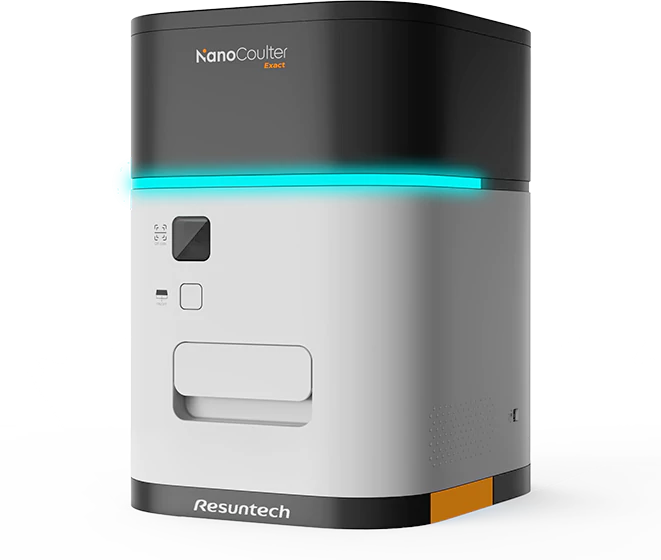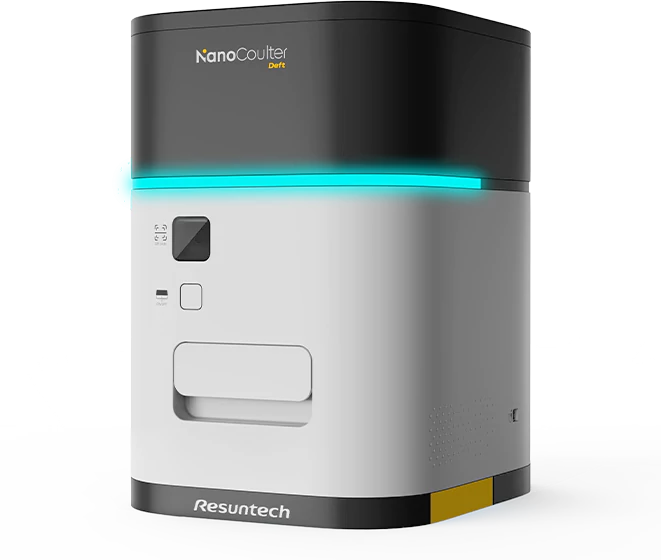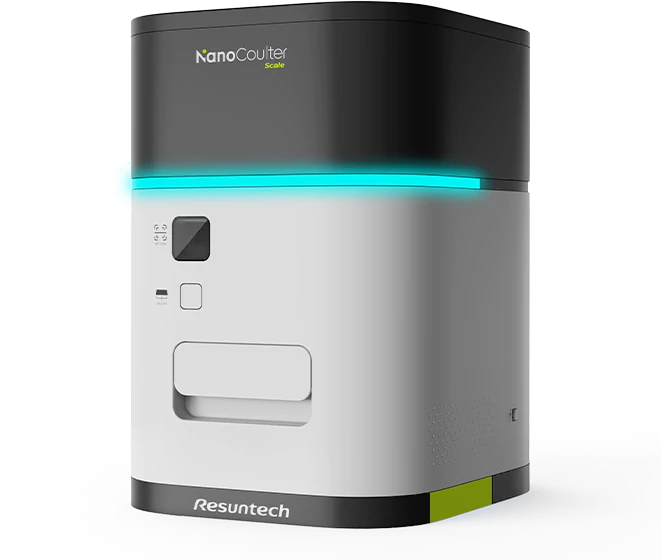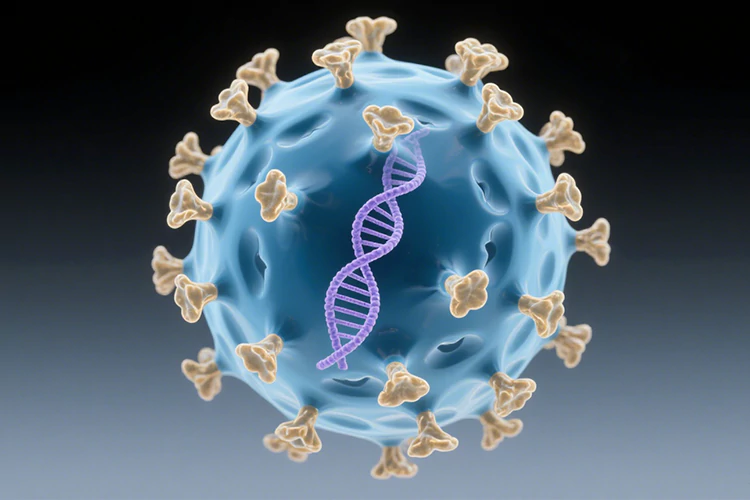Expert in Single Particle characterization
Consistency with Electron Microscopy for Greater Accuracy
Breaking the Optical Limitations of DLS/NTA

World’s first solid-state nanopore N-ChipTM

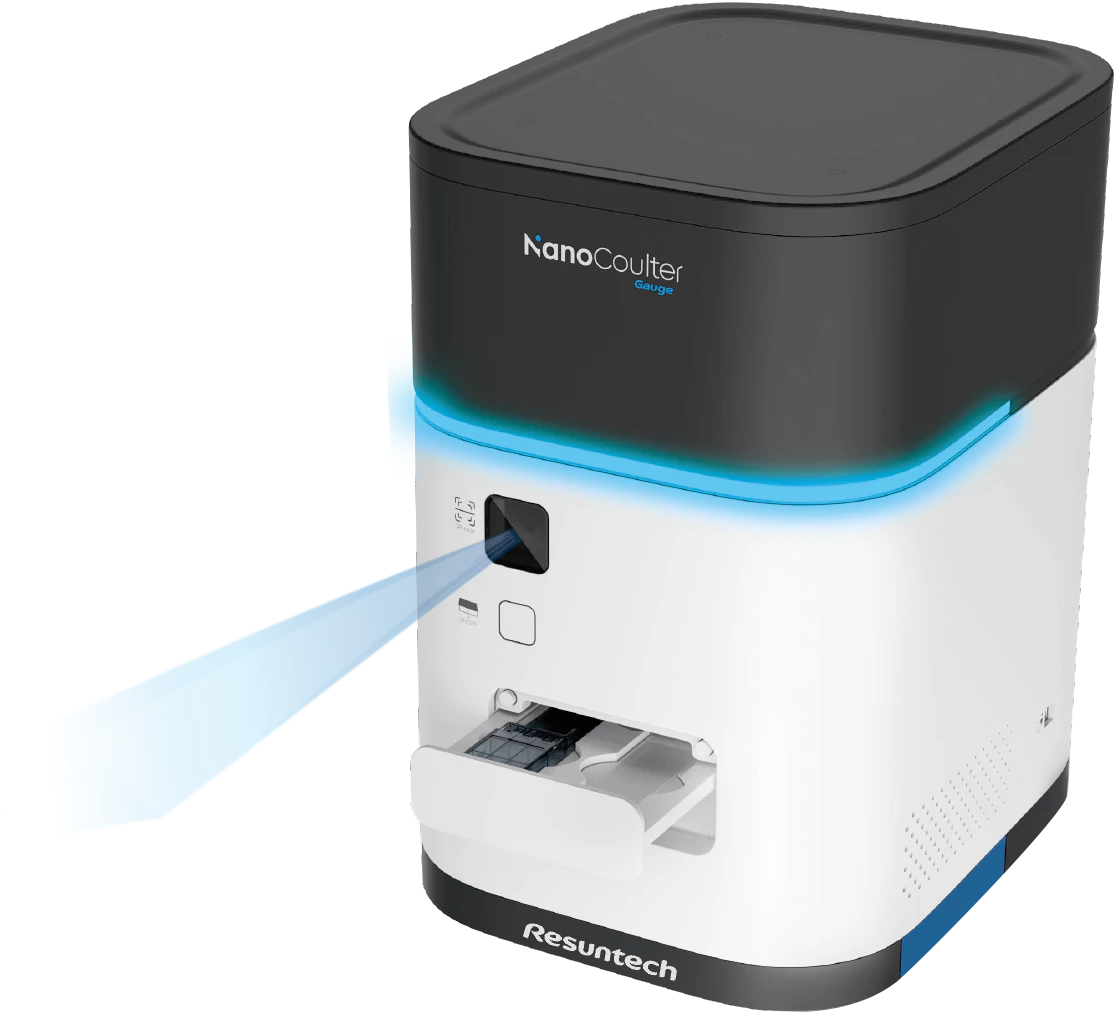
Explore Our Products
NanoCoulter™ Gauge delivers exceptional performance in the comprehensive characterization of individual nanoparticles, including size, concentration, and zeta potential.
NanoCoulter™ Vertex breaks industry barriers by achieving single-particle characterization below 20 nm for the first time. It is particularly suited for high-sensitivity size analysis and high-precision concentration quantification of AAV and other small viral particles.
NanoCoulter™ Vertex PRO builds on the foundation of Vertex with an expanded particle size detection range, enabling simultaneous measurement of size, concentration, and zeta potential.
NanoCoulter™ Exact features an extremely wide detection range and can rapidly characterize the size and concentration of individual nanoparticles.
A highly cost-effective, portable device for simultaneous measurement of particle size and concentration.
Applications
Accurately measure nanoparticle size, concentration, and zeta potential with NanoCoulter, powered by advanced Resistive Pulse Sensing (RPS) technology. Its high-resolution, single-particle detection surpasses traditional optical methods, enabling detailed analysis of exosomes, viruses, liposomes, lipid nanoparticles, and other complex nanoscale systems — driving breakthroughs in biology, nanomedicine, nanomaterials, and beyond.
Exosome
Exosomes are membrane-bound vesicles released by cells that mediate intercellular communication and have potential for clinical applications such as monitoring disease progression and drug delivery. However, their broad size distribution, including larger vesicles, challenges traditional detection methods, which often fail to capture the true size distribution. Nanocoulter, with its precise and reproducible single-particle detection, offers new possibilities for advancing extracellular vesicle (EV) research.
LNPs
Liposomes are among the most widely studied drug carriers due to their biocompatibility and biodegradability. NanoCoulter can precisely measure the size, concentration, and zeta potential of individual liposomes or lipid nanoparticles (LNPs). It provides accurate data for monitoring liposome preparation, size control, and quality assurance, and aids in further research on liposome aggregation, stability, and storage conditions. NanoCoulter is a valuable tool in the development and production of liposomes.
Viruses
Viruses are microorganisms that lack cellular structure but exhibit key characteristics of life, such as heredity and replication. They are highly parasitic and pose significant threats to human health. However, viruses also possess excellent biocompatibility and stability, with rapid replication and scalability for large-scale production. Through chemical or genetic engineering modifications, viruses can be utilized in fundamental research, gene therapy, and vaccine development to benefit human health.
NanoCoulter enables precise characterization of viral particles, including titer, size distribution, surface charge, and aggregation or dispersion states. It provides rapid and efficient technical support for every stage of viral vector production.
Nanomaterials
Nanomaterials, with dimensions in the nanoscale range , offer unique properties like enhanced strength, low density, and high chemical reactivity. They find applications in diverse fields such as additives, catalyst supports, and more. Nanocoulter excels in providing precise characterization of these materials, revealing their full potential with unparalleled accuracy.

